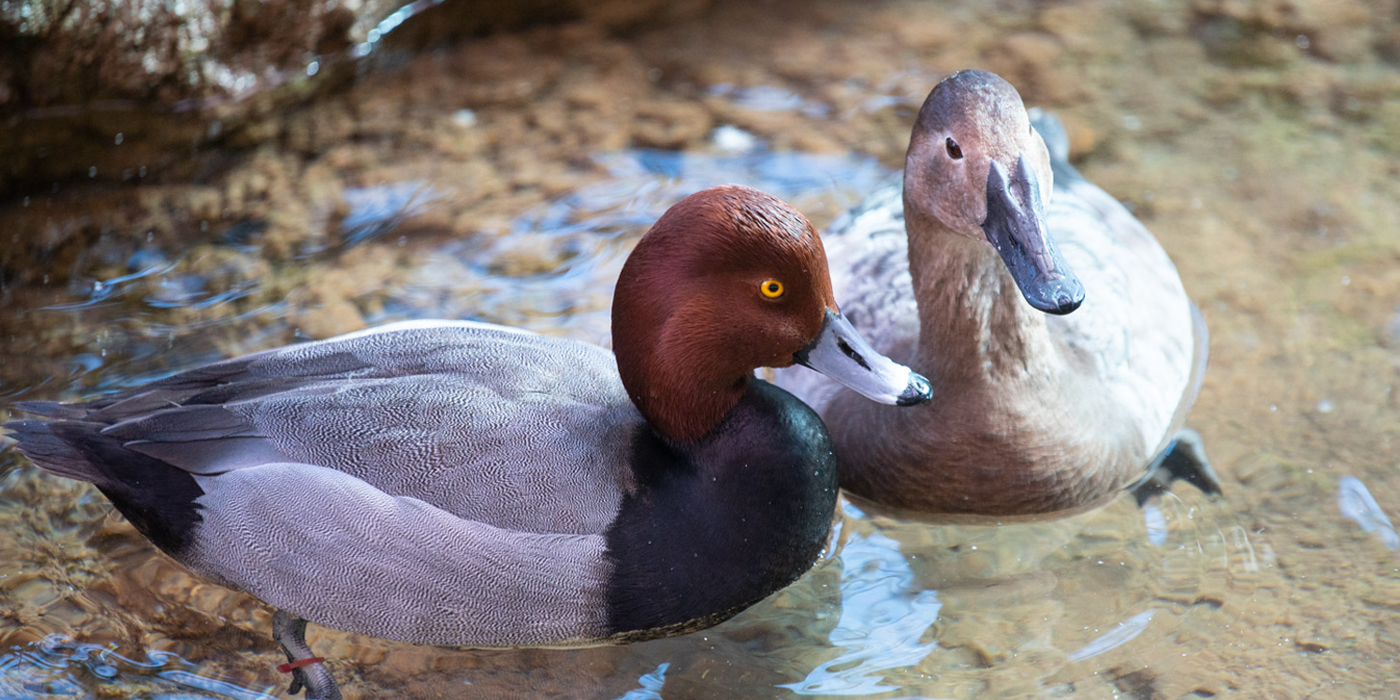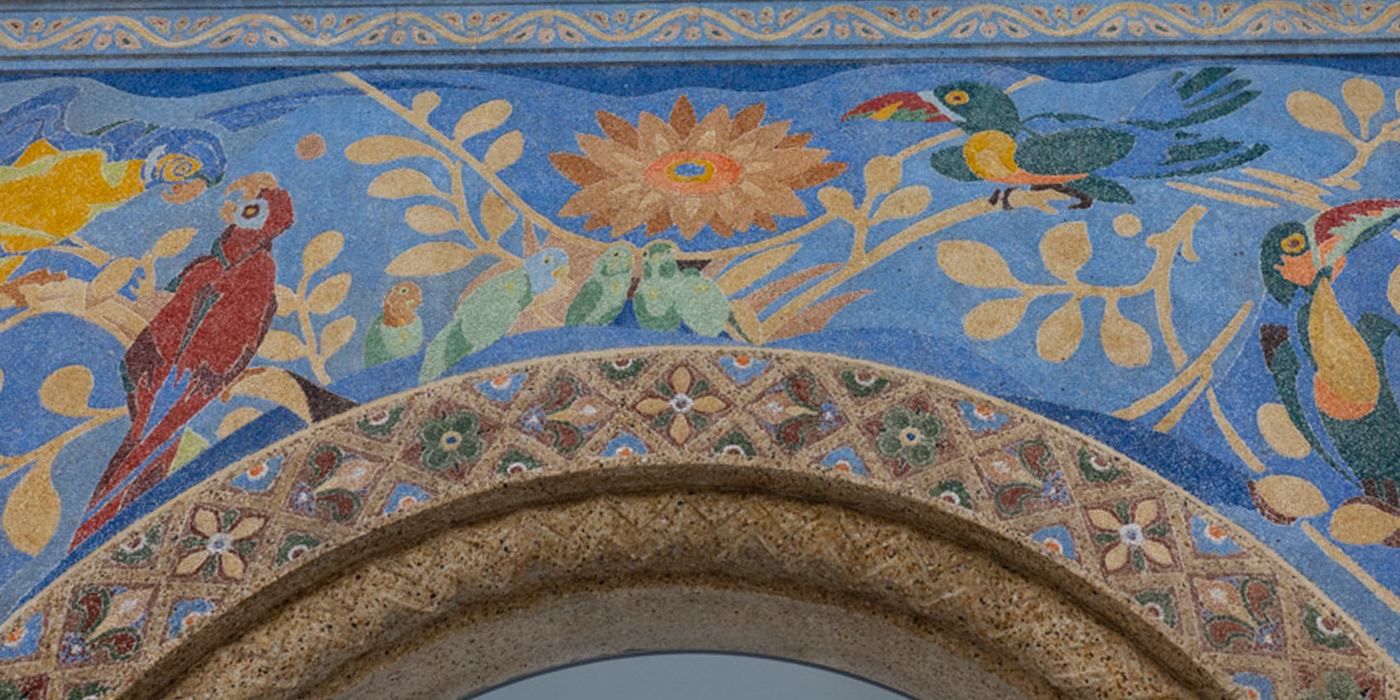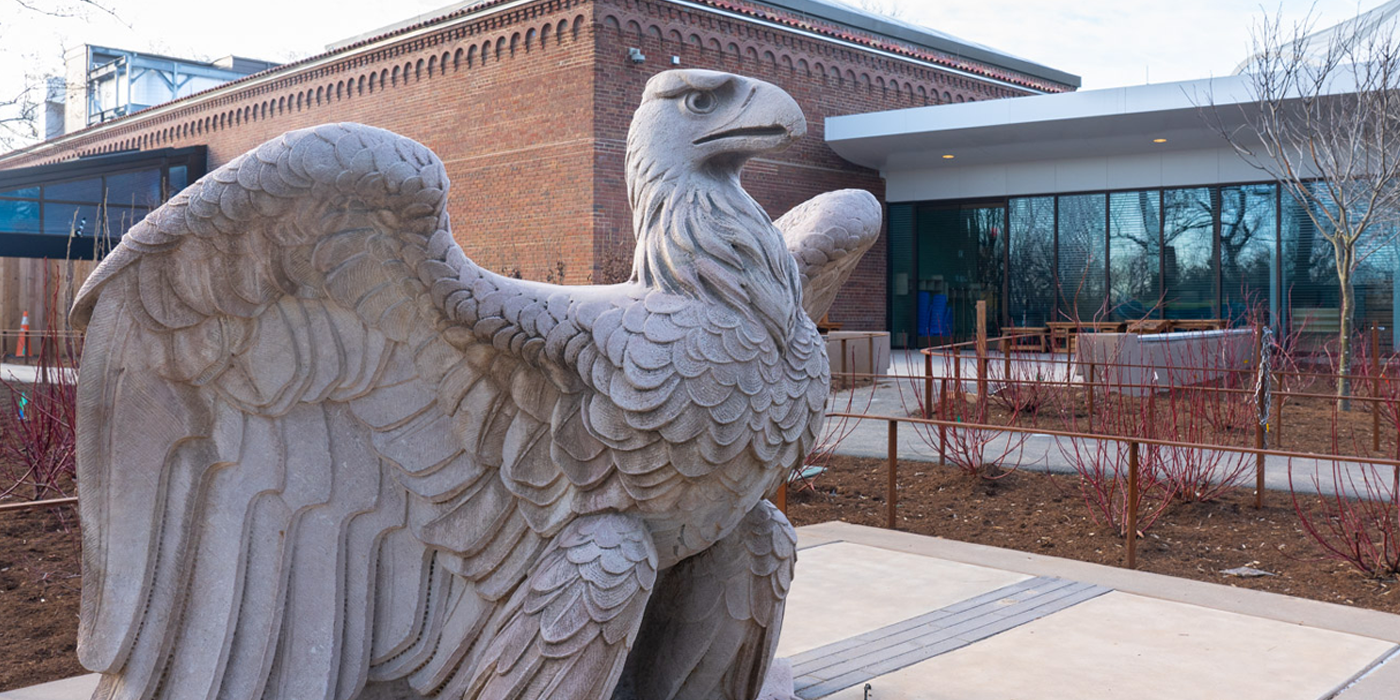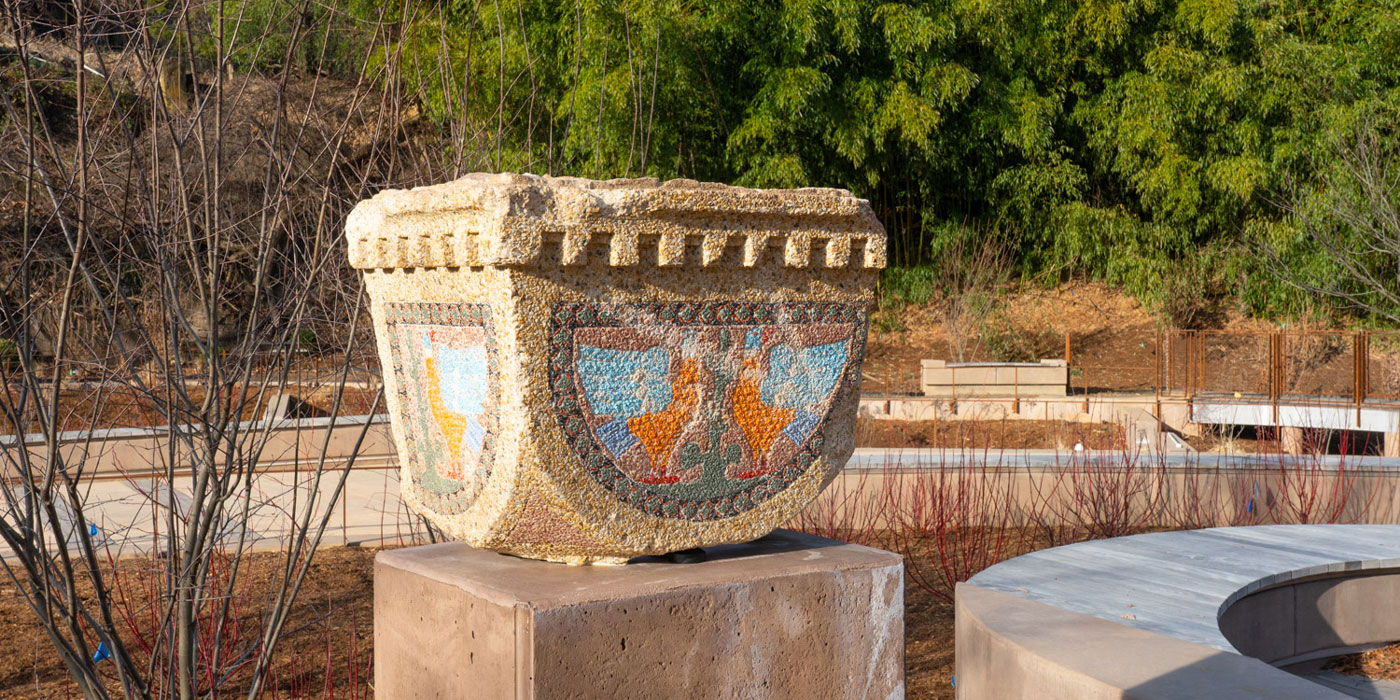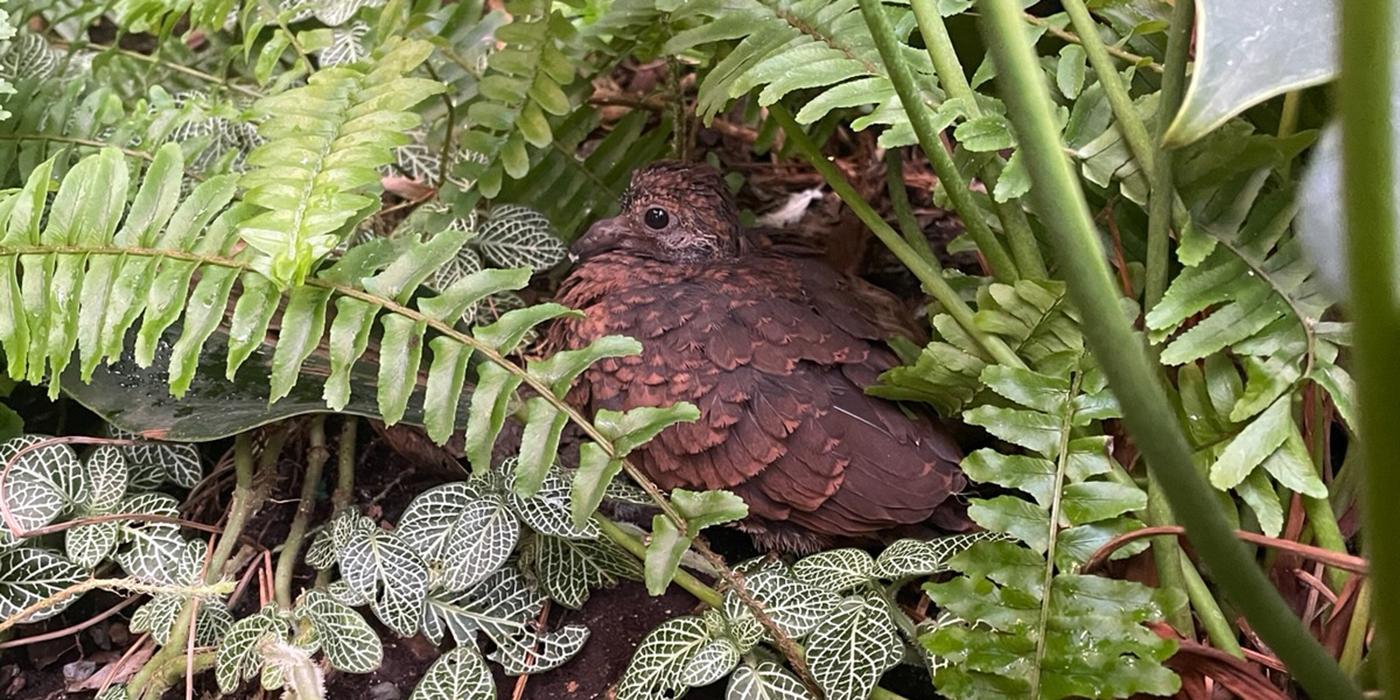6 Fascinating Facts About the National Zoo’s New Bird Exhibit
Even for migratory birds—some of which can fly up to 60 miles per hour—experiencing a flooded Midwestern prairie, a sandy Delaware Bay beach, and a tropical coffee farm in a single day is a tall order. But for visitors at the Smithsonian’s National Zoo and Conservation Biology Institute, one stop is all it takes.
If you haven’t yet heard—or perhaps a little bird told you already—the Smithsonian’s National Zoo and Conservation Biology Institute’s Bird House exhibit has once again opened its doors to the public as of March 2023.
After a six-year transformation, the 27,000 square-foot historic Bird House building is dedicated to highlighting the annual journeys of migratory songbirds, waterfowl and shorebirds integral to North, Central and South American ecosystems. Through themed walk-through aviaries, interactive experiences and dynamic educational programming, the Bird House aims to inspire and connect visitors to birds in entirely new ways.
Here are six things to know about this amazing exhibit:
1. The exhibit was redesigned to be more environmentally friendly
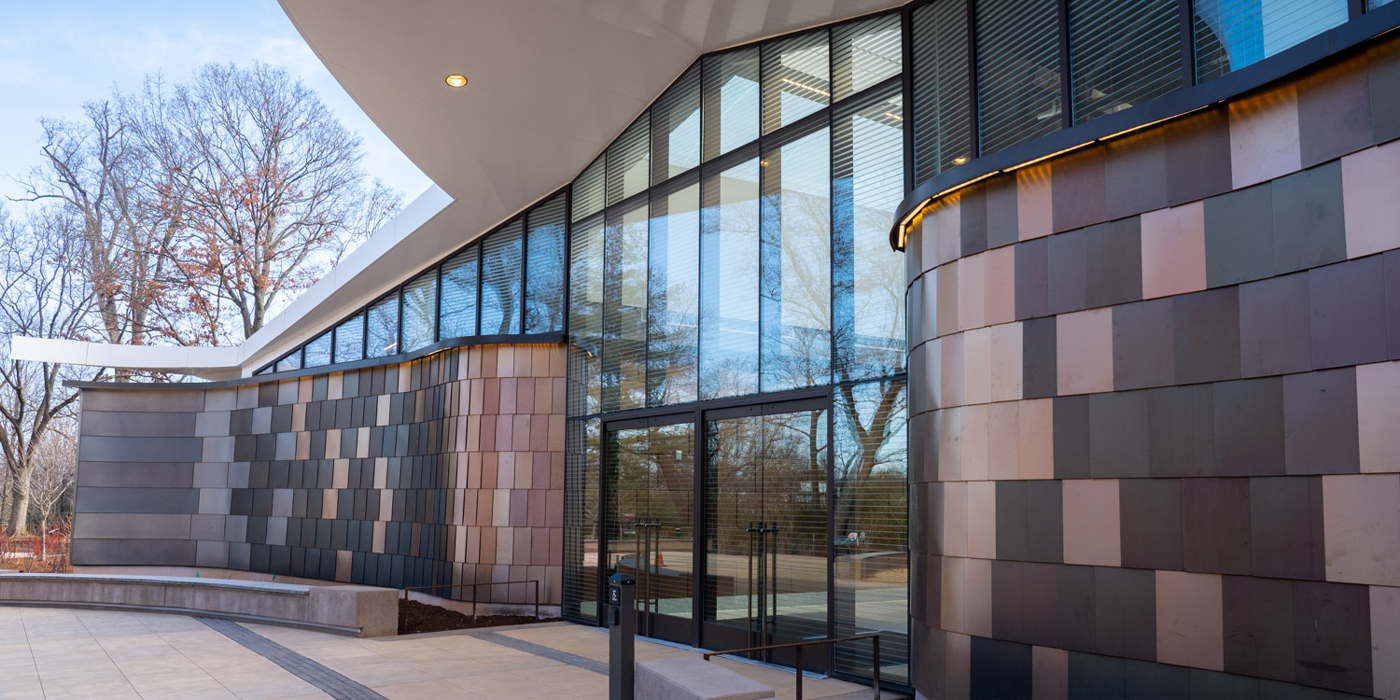
The Bird House entrance was inspired by the slate gray and rusty brown plumage of the sandhill crane, a species that visitors can see outside on the Plateau.
In the spirit of the Smithsonian’s National Zoo and Conservation Biology Institute’s conservation mission, the Bird House was redesigned to meet Leadership in Energy and Environmental Design (LEED) Gold standards. Special patterns baked into the building’s glass make the windows more visible to wild and resident birds, reducing the risk of collisions. All water used in the exhibit pools and water features is recirculated and cleaned through bead or sand filtration systems located in the building’s basement, eliminating the need for harmful chemicals.
Outside the building, the Bird House entrance was inspired by the slate gray and rusty brown plumage of the sandhill crane, a species that visitors can see outside on the Plateau. Nearby landscape features were also reworked to encourage visits from wild birds on the move. Native plants like purple coneflowers, downy serviceberry trees and highbrush blueberry bushes provide food and habitat for birds and other local wildlife. And rain gardens and other bioretention areas reduce the amount of stormwater runoff into nearby Rock Creek.
2. The building itself is home to several pieces of historic artwork
The Bird House has already seen two renovations in its 95-year history, with the last major overhaul taking place in the mid-1960’s.
Inside the building, guests will notice a vision from the past: a towering mosaic archway, salvaged from the original 1928 architecture. Colorfully decorated with parrots, toucans, songbirds and flowers, this beautiful mosaic arch has been relocated to the building’s main lobby, ready to welcome visitors into the world of birds.
Outside the building, guests can find panels highlighting extinct bird species like the dodo and New Zealand’s moa. Only a few of these historic concrete panels remain on the building’s exterior; they were originally commissioned during the Depression era to create art for existing Federal buildings as part of a New Deal public works program. The artist’s decision to highlight extinct species was made to remind visitors of our shared responsibility to protect the planet’s surviving birds, lest they suffer the same fate.Other art features on display outside the exhibit include a colored section of a column that once flanked the original Bird House entrance, and a statue of a bald eagle that decorated the façade of New York’s Penn Station before it was demolished in 1963.
3. Interpretive signs let guests know how they can #LiveBirdFriendly
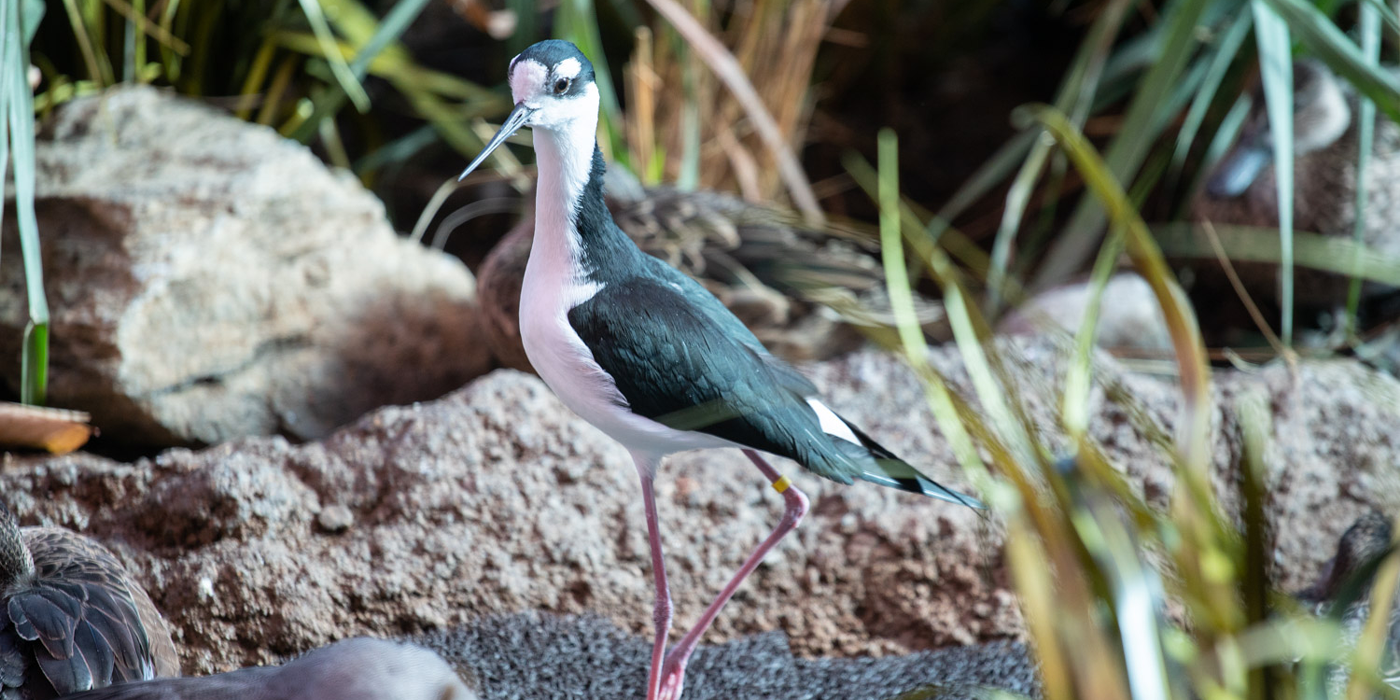
As guests walk through the building, they will learn that many of the natural habitats that birds rely on are at risk. While some populations, like migratory grassland waterfowl, have seen recent conservation success stories, many more species are threatened due to habitat loss and ecosystem changes—but it’s not too late. Throughout the exhibit, visitors are encouraged to make lifestyle choices that are best for birds, humans and the planet. By taking simple actions like keeping cats indoors, turning lights off at night, and refraining from use of pesticides, anyone can learn to live bird friendly.
4. Immersive, free-range aviaries bring visitors into the birds’ natural habitats
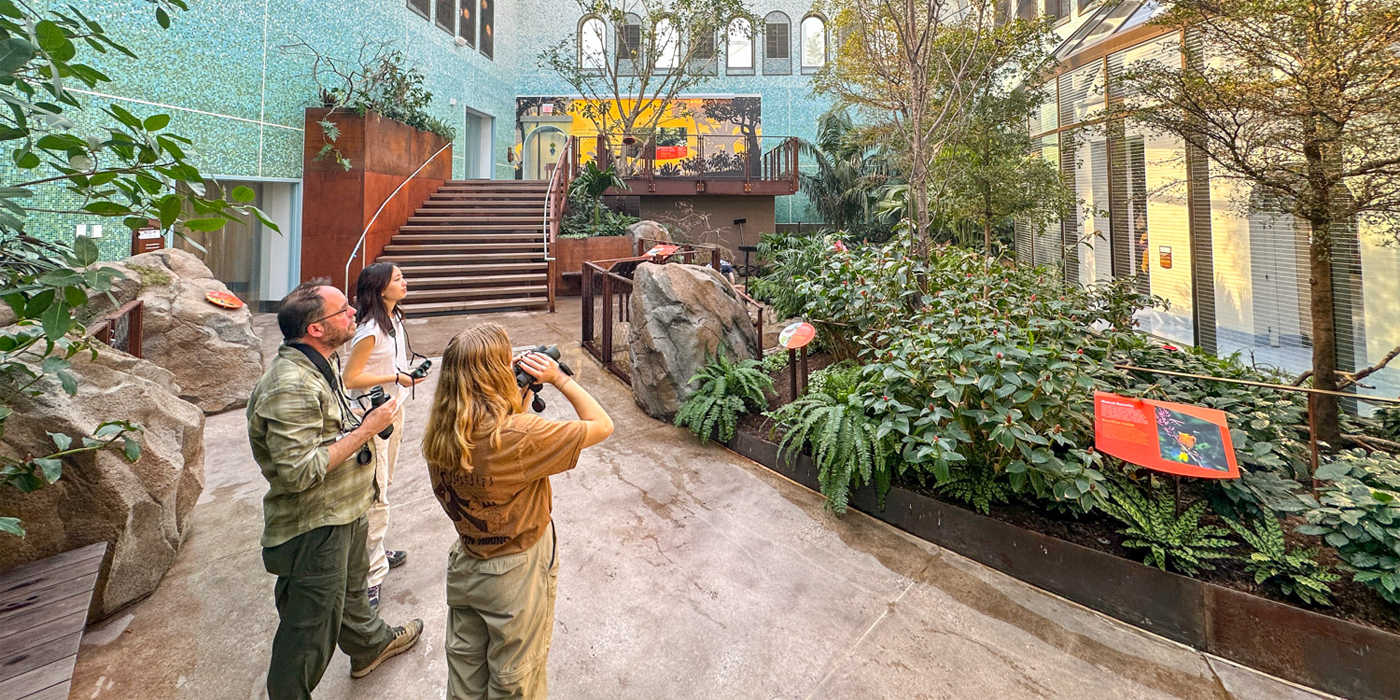
While the outside of the Bird House has kept much of its historic character, inside exhibit spaces have been completely overhauled to provide naturalistic habitats for more than 170 birds that live inside.
As Bird House visitors ‘migrate’ through the three aviaries—the shores of the Delaware Bay, a lush Prairie Pothole and a tropical Bird Friendly Coffee Farm —birds stride, paddle, tweet and fly all around them.
These multi-sensory, immersive aviaries are designed like natural ecosystems, places that are of critical importance to the annual life cycles of migratory birds. The Delaware Bay aviary has a saltwater beach—complete with a 2,684-gallon wave pool with live horseshoe crabs and native fish—that allows shorebirds to wade and splash along the water’s edge. In the Prairie Pothole aviary—designed to mimic a bright, open, freshwater wetland—a diving pond and nearby stream serve as essential meeting spots for the exhibit’s waterfowl. And in the Bird Friendly Coffee Farm aviary, an overhead water misting system maintains air temperature and humidity levels appropriate for a migratory songbird’s tropical overwintering habitat.
5. Information is presented in both English and Spanish
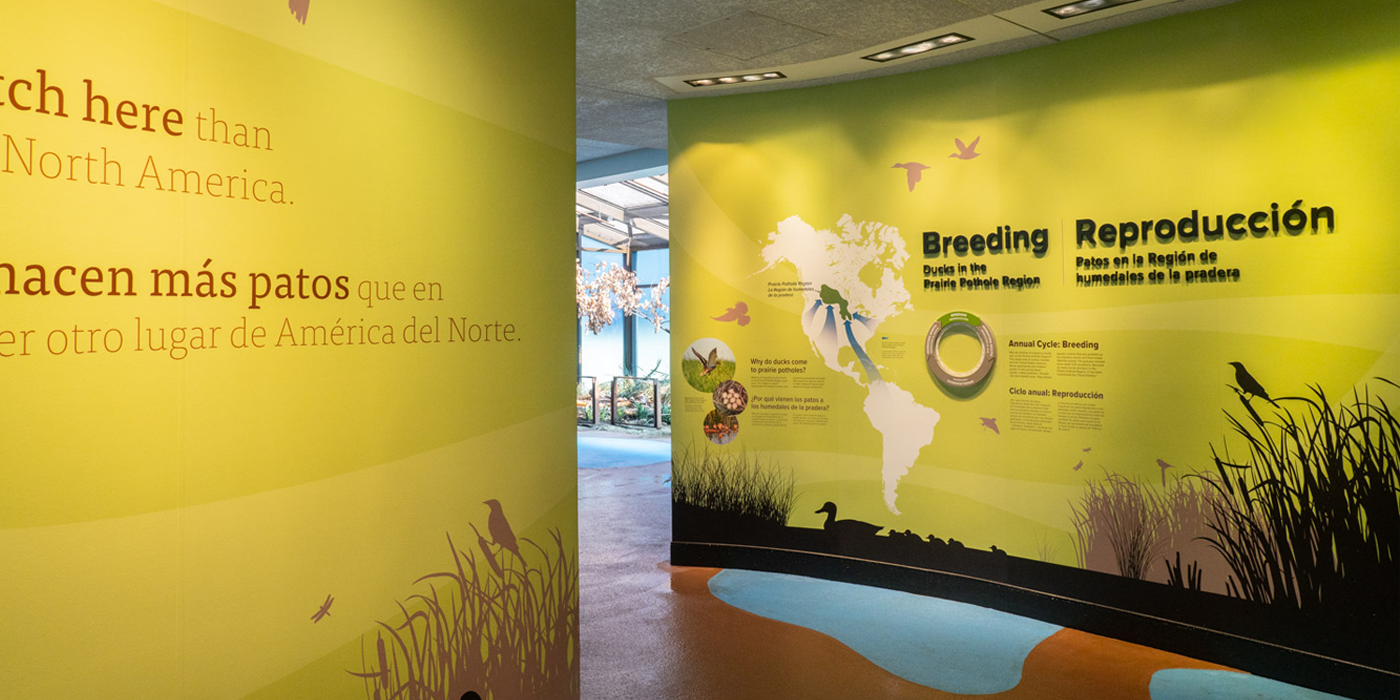
As visitors walk through the building, interpretive signs—in both English and Spanish—tell the story of how migratory birds connect our communities and the important ecological roles they play across the Americas.
6. For the birds’ safety, guest entry will be limited for the first few months
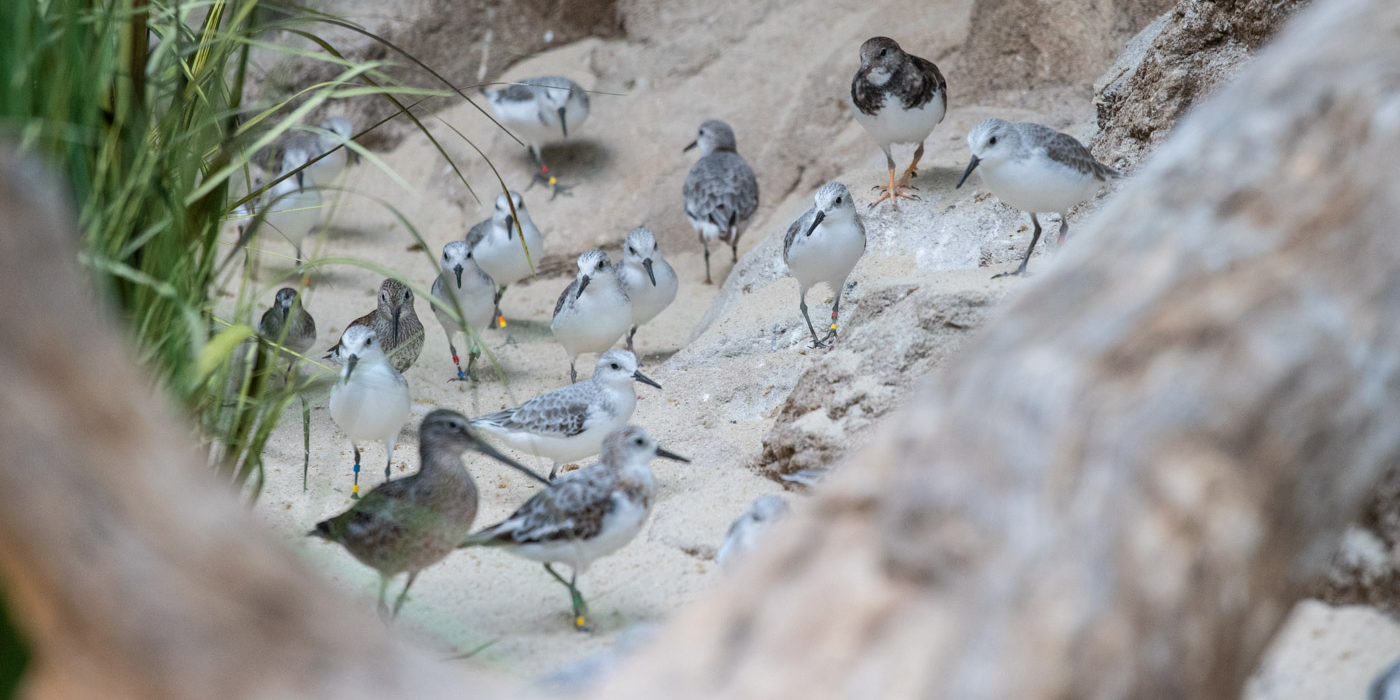
The building isn’t just new to people, it’s new to the birds, too! In order to manage visitor capacity as the birds acclimate to their new surroundings, free timed-entry passes will be required to enter the new Bird House for the first few months. Passes will be available same day, on-site at the Zoo.
Want to learn more about the Bird House’s residents? Meet the ducks of the Prairie Pothole and get to know our barred owls, Edward and Edwina, who live in an outdoor habitat on the Plateau.

